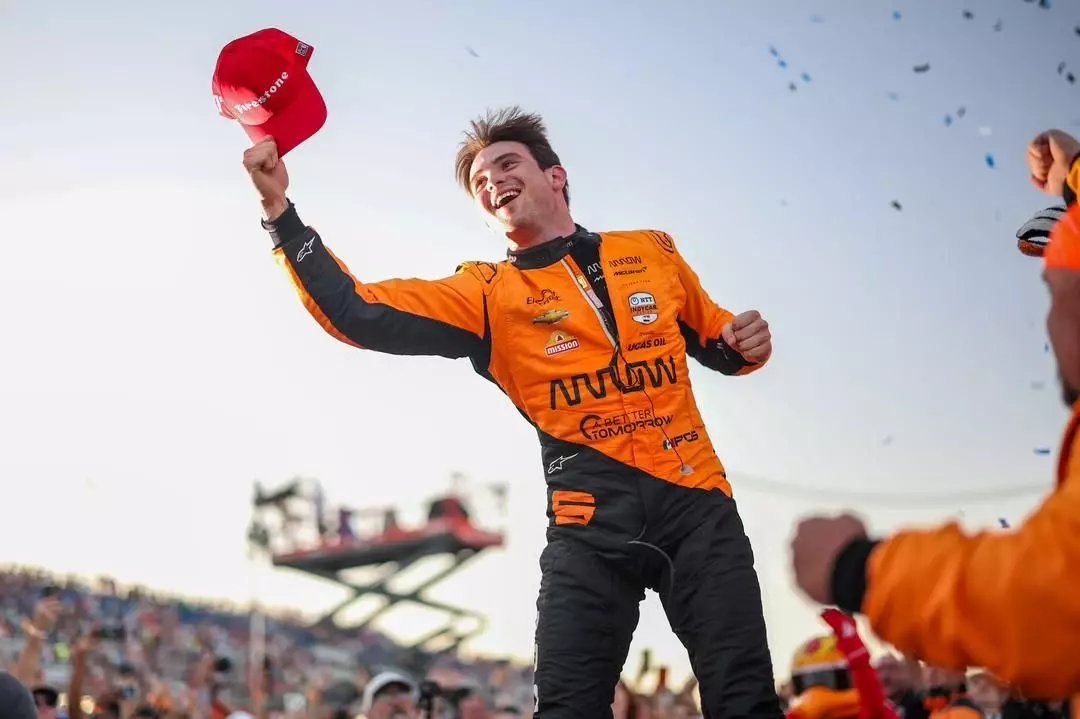The anticipation surrounding the return of IndyCar Series racing to Texas in March 2026 is palpable, particularly in light of the inaugural Grand Prix of Arlington. This significant event will unfold in collaboration with notable partners such as the NFL’s Dallas Cowboys and REV Entertainment, enhancing the profile of motorsport in the rich tapestry of Texas sport and entertainment. However, while enthusiasm for the new race resonates throughout the community, concerns persist regarding its potential financial implications and overall reception.
The Grand Prix of Arlington is set to take place on a temporary street circuit that will span 2.73 miles, creatively weaving around the iconic AT&T Stadium, home of the Dallas Cowboys, and Globe Life Field, where the Texas Rangers play. This ambitious initiative has garnered applause from various drivers, with many drawing parallels to high-profile Formula 1 events. It is based in a region that regularly hosts over 1.6 million spectators yearly across different sporting events, pointing to a significant opportunity for IndyCar.
For driver Pato O’Ward, the proposed race represents not only a chance to showcase IndyCar’s potential within a new demographic but also a test case for whether racing can thrive in larger, more upscale markets. He remarked on the significance of Jerry Jones, the Cowboys‘ owner, highlighting how such a high-profile figure can attract substantial attention and influence public interest. However, O’Ward also emphasizes a cautious approach, contending that the true impacts of the race can only be properly assessed after the first event.
The excitement surrounding the Grand Prix of Arlington is tempered by O’Ward’s concerns over market viability and audience expectations. He pointed out that Texas has long been a fundamental market for motorsports, yet there have been periods where IndyCar has struggled to maintain a foothold in the region. Thus, the successful execution of this new race is critical for sealing the state’s place on the IndyCar map and fostering a long-term relationship with audiences.
Much of O’Ward’s trepidation revolves around the financial aspects tied to spectator experiences. Though the potential for premium ticket prices mirrors those seen in the world of Formula 1, where paddle tickets can fetch upwards of $10,000, the question remains whether IndyCar can tap into that same enthusiasm and willingness to spend among their fans. Many IndyCar fans have historically expressed resistance to higher pricing, which introduces a critical dilemma for future events.
Drawing from the successes of other racing series, O’Ward argues that creating a compelling and memorable spectator experience is vital for encouraging investment in the sport. He emphasizes that his personal investments in building enticing experiences have sometimes resulted in losses, underscoring the challenges of engaging fans beyond traditional ticket sales. The longing for a vibrant and profitable atmosphere is strong, yet the path to achieving this goal is fraught with uncertainty.
The fact that IndyCar drivers require a series of victories and milestones to establish a broader fanbase is paramount. Drivers like O’Ward can elevate the sport in the public eye, but achieving sustained interest largely depends on the captivating nature of events that are presented. The Grand Prix of Arlington must therefore not only appeal to motorsport enthusiasts but also draw in casual fans, thus creating a sustainable model for future races.
As the inaugural Grand Prix of Arlington approaches, the dialogue surrounding it is poised to evolve. O’Ward’s insights provide a crucial lens through which the intricacies of launching a new event can be examined. While there is room for optimism regarding its potential to enrich the IndyCar Series, the trepidation over financial feasibility and market engagement looms large.
Ultimately, the Grand Prix of Arlington presents a remarkable opportunity for the IndyCar Series to redefine its trajectory within Texas and beyond. With strategic partnerships, a focus on experiential engagement, and careful attention to pricing strategies, the series has the potential to thrive in this progressive new landscape. However, the success of this endeavor will hinge on the balance between spectators’ desires, the reality of market conditions, and the sport’s intrinsic value in an ever-evolving entertainment landscape.


Napsat komentář